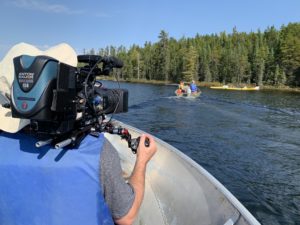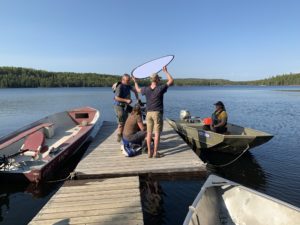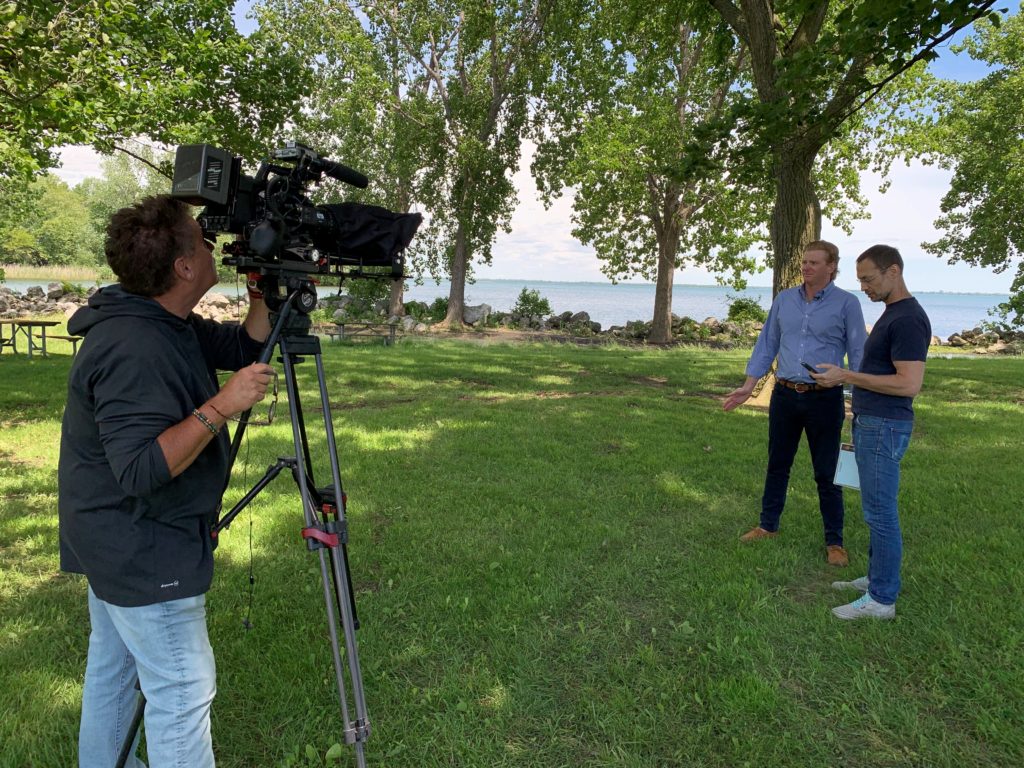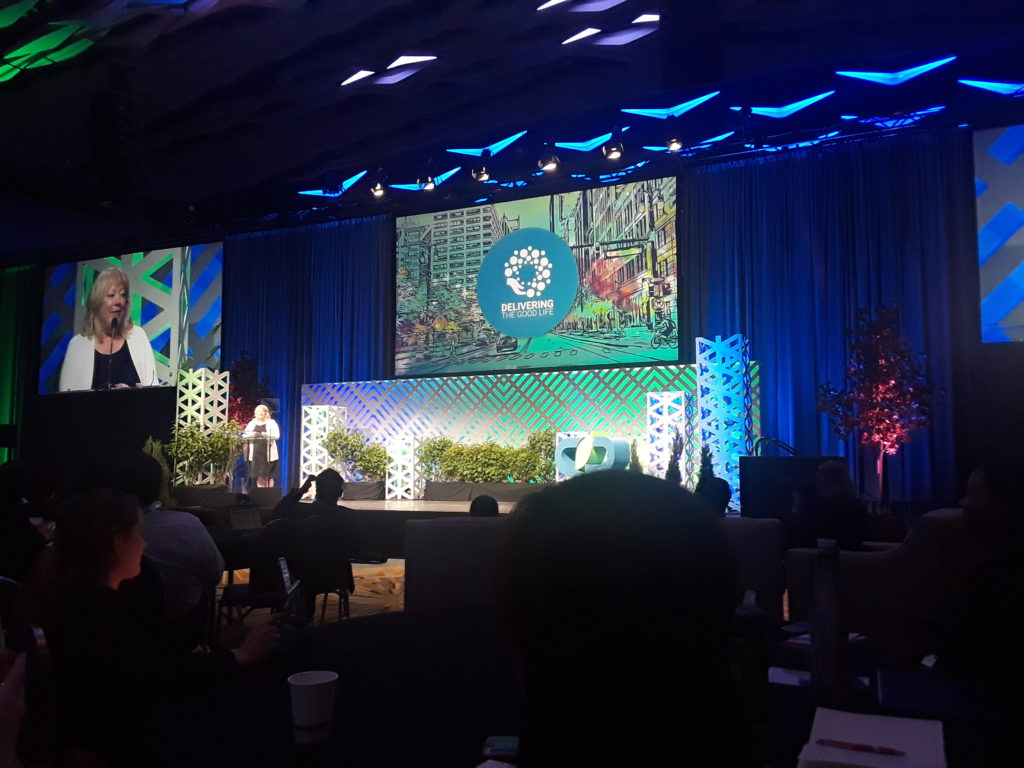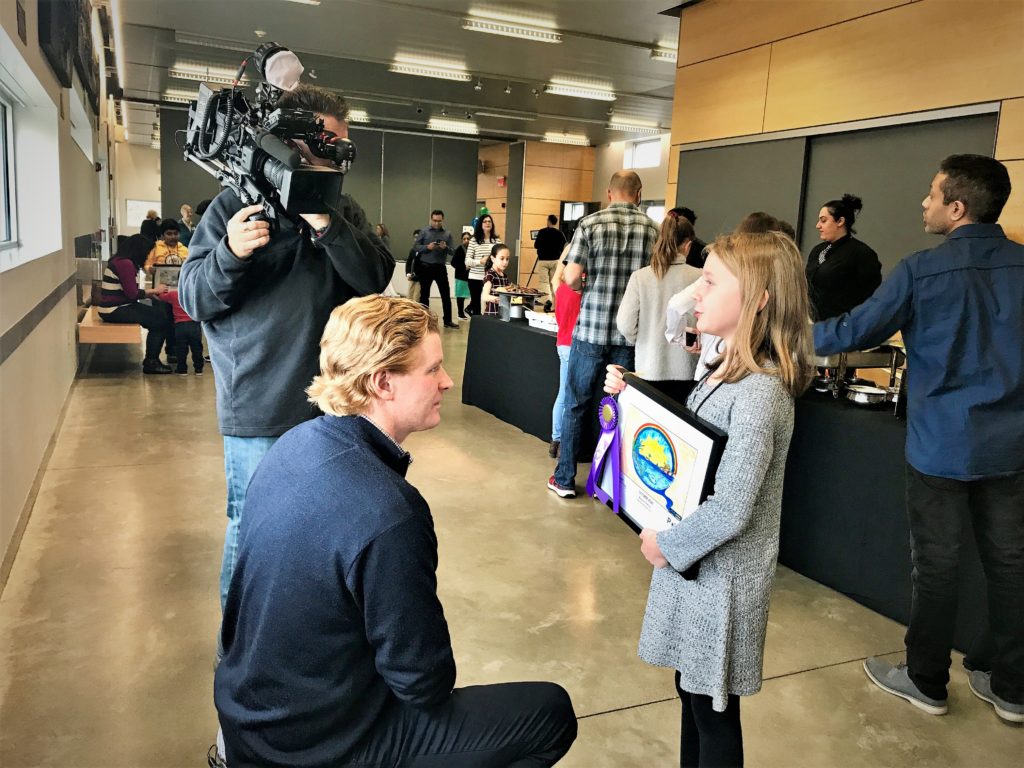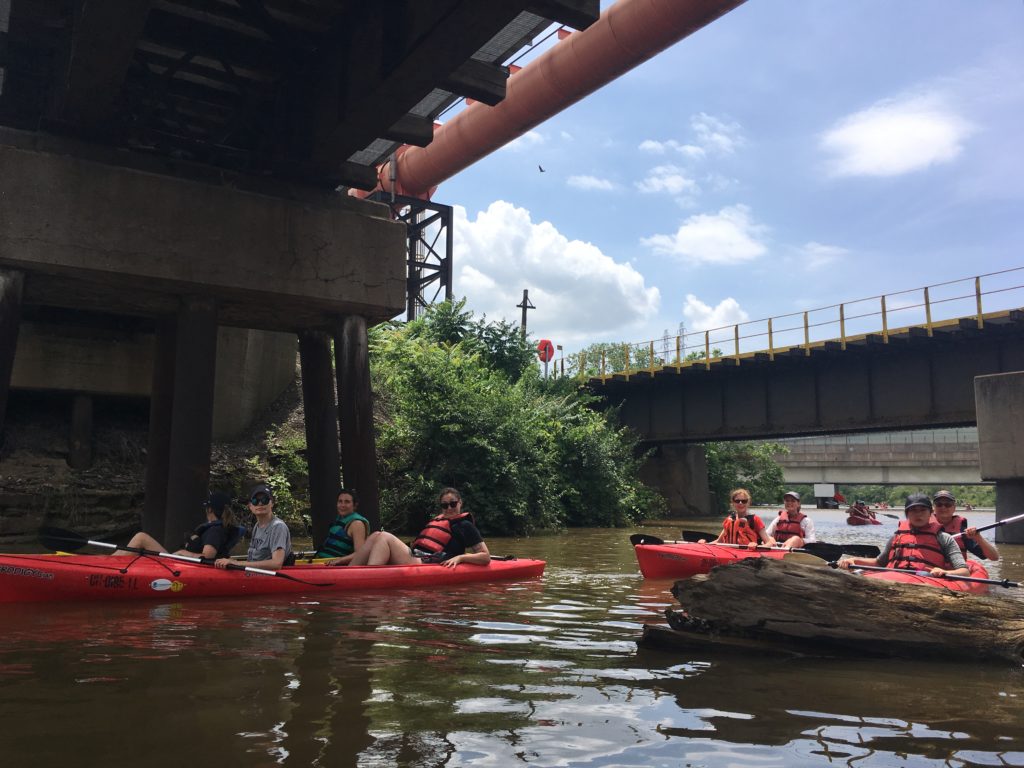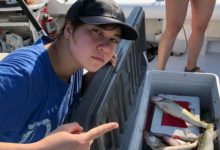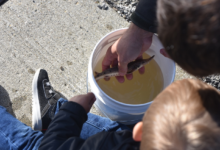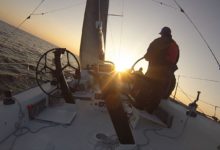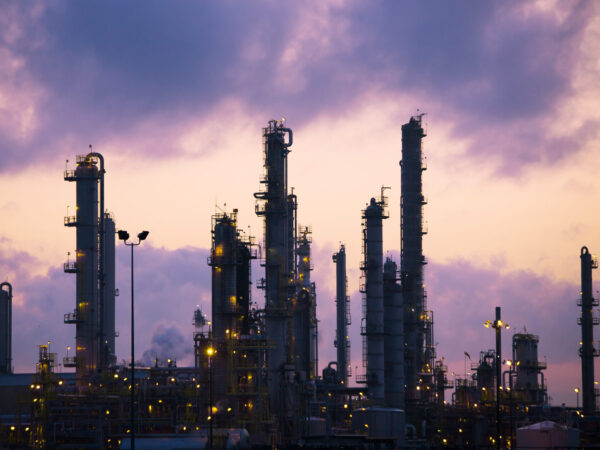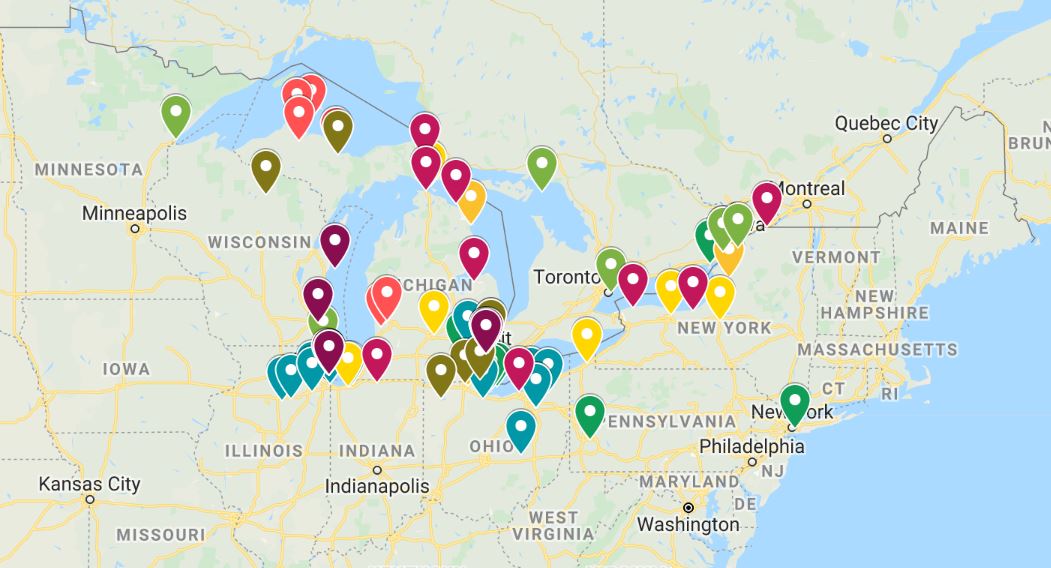
Editor’s Note: This post is part of a series taking a look back at 2019
One of my friends has spent her life on and around the Great Lakes.
Every time I see her, she tells me the same thing: “I learn something every time I watch Great Lakes Now. I love it.”
That’s high praise from her: she’s smart, well-read and no sucker for cheap entertainment.
I like to remind my friend that we have this website too, where writers from around the region in Canada and the United States contribute news, feature and video stories about what’s happening with our drinking water and our Great Lakes system.
Our writers, producers, videographers and host visited labs, museums, islands, beaches, wetlands, homes, water treatment plants, dunes, ports, newsrooms, shipwrecks, pools, conferences, hydroponic farms, parks, cruise ships, reefs, sewers, wildlife sanctuaries and fisheries to bring you these stories. We traveled by car, SUV, fishing boat, small plane, jet plane, ATV, ferry, golf cart, canoe, kayak, sailboat, motorboat, rowboat, and foot to bring research, report, photograph and videotape the work you see here, on air and on our social media sites.
And a growing number of you found our work on this site, read our stories and shared them and watched the videos we put on TV and online. Thank you!
Great Lakes Now’s most popular website stories of 2019:
(Almost) Everything You Wanted to Know about Lake Erie’s Walleye Population, by James Proffitt
SS Badger: The last of Lake Michigan’s car ferries, by Melissa Walsh
Sandusky Bay Initiative: Ohio DNR plans massive multi-project initiative to transform the bay’s waters, by James Proffitt
The Forever Chemicals, the landing page for our documentary, by GLN staff
Filtering Microplastics from Your Machines: Ontario town to test potential solution for keeping microplastics out of the Great Lakes, by Sharon Oosthoek
During one of the conversations I had with my friend, her daughter-in-law joined in. She’s an art teacher who grew up near Lake St. Clair and now lives close to it. With her affection for the Great Lakes, she was thrilled to hear about the first year of the Great Lakes Now curriculum – including our Virtual Field Trips anyone can take – and to share it with her colleagues.
Stay tuned, friends. Because 2020 is going to bring you a lot more of what we launched this year on air, online, in communities and in classrooms.
Here’s some of what we have planned and how you can be part of it:
1. More monthly shows as they air on a growing number of PBS affiliates
Hosted by Ward Detwiler, the Great Lakes Now program launched in April 2019 with segments about life on the Lake Erie islands, how a port in Chicago connects industries and feeds the regional economy, a look at PFAS contamination in Ann Arbor’s drinking water and answers to audience questions about this family of chemicals.
In the next eight episodes, we took audiences from Duluth to Chicago into Georgian Bay and to the St. Lawrence Seaway, covering all the lakes and states connected to the system, with stories about water quality, research, cruise ships, indigenous communities, shipwrecks, freighters, fishing, habitat restoration and communities around the lakes.
Here’s a map of locations from the shows:
By the end of January, PBS stations in 18 cities in six states will have carried the program. (Milwaukee Public TV is scheduled to air it in late January.)
What we’ll do in 2020: We’ll continue to produce not only the program but the additional digital and social media content with each segment. We’ll work to put “pins in the map” in areas without them (I’m looking at you, Door County, Wisconsin…), and we’ll continue to take you to places in and around the lakes that you may know about but haven’t visited. We’ll help you see them a little bit differently and understand more about what’s happening in the water, on board the freighters, along the shorelines and with the birds, fish and animals.
In June, we’ll get help with a fellow from Report for America who will focus on drinking water issues around the region. That work will appear on this site and inform the monthly show.
And we’ll make sure my friend does, indeed, learn something every time she watches.
2. Media collaborations that amplify quality journalism from around the region.
We started 2019 by forming a collaboration with MLive Media Group, where journalists have arguably led the nation in coverage about PFAS chemicals. Reporters Garret Ellison and Paula Gardner appeared in “The Forever Chemicals” documentary, which premiered in March, and GLN segments like “PFAS in Ann Arbor,” and they joined us at events throughout the year.
Journalists from the Michigan Public Radio Network, other NPR stations and multiple PBS affiliates were part of our monthly program in 2019, and those partnerships will expand this year. We became part of the Institute for Nonprofit News Amplify Project, which means this website carries environmental stories from multiple outlets. See them HERE.
We added the Associated Press wire service to bring you daily, breaking news stories and analysis of issues and events. Click HERE to read the latest AP stories.
In 2020, we’ll produce a project with a group of other nonprofit media including Belt Magazine, The Conversation, Ensia, Milwaukee Neighborhood News Services, MinnPost, Reveal/The Center for Investigative Reporting, Side Effects, The Water Main, and WXXI-FM. The group is looking at climate change and resilience in the Great Lakes region especially in legacy Rust Belt cities. More about that HERE.
We’re working to find ways to partner with classrooms and student journalists — we can help them learn “real-world” lessons, and they can find and produce stories that bring audiences more information about the Great Lakes and drinking water.
We’ll continue to find cooperative media partners who want to work with us to help spread their work and who will help us engage with people throughout the region.
And we’re branching into radio, starting with regular appearances on “Brain Food,” a program on WKUF-FM in Flint, Kettering University student radio.
3. Responding to your questions, following your leads
Some reporters like to say, “We’re only as good as our sources,” and in public media especially, our sources are our audiences.
In 2019 we reported answers to your questions about PFAS chemicals. We met with hundreds of you at our events. We responded to your emails. And we took a few of your suggestions for stories – like THIS one on high water levels.
We’ve asked you what you’re interested in.
In 2020 we’ll add more ways you can engage with GLN staff, contributors and partners through our on-air work as well as online and in person. We’re not quite ready to announce details yet, but as we say in the TV world, stay tuned.
4. Events you can enjoy
Last year, Great Lakes Now programs and staff were part of events ranging from the Sustainable Brands conference in Detroit to the International Association for Great Lake Research workshops in Brockport, New York. We were part of classroom lessons, community meetings, yacht club seminars, national journalism conferences and an evening screening of our “Ships and Shipwrecks” episode at the Aquatarium in eastern Ontario.
This engagement will continue in 2020.
Right after New Year’s, Great Lakes Now News Director Natasha Blakely will moderate a discussion with Ellison and Guy Williams from Detroiters Working for Environmental Justice after a screening of “The Forever Chemicals” at the Dossin Great Lakes Museum in Detroit. More about that event HERE.
Later in January, Great Lakes Now programs will be part of the Thunder Bay International Film Festival at the marine sanctuary in Alpena, Michigan. If you need a late January getaway to a relatively undiscovered part of northern Michigan, put this one on your list.
Thank you to all of you in the audience and on our growing team who helped expand and improve our work in 2019. We all look forward to doing and learning more in 2020.


